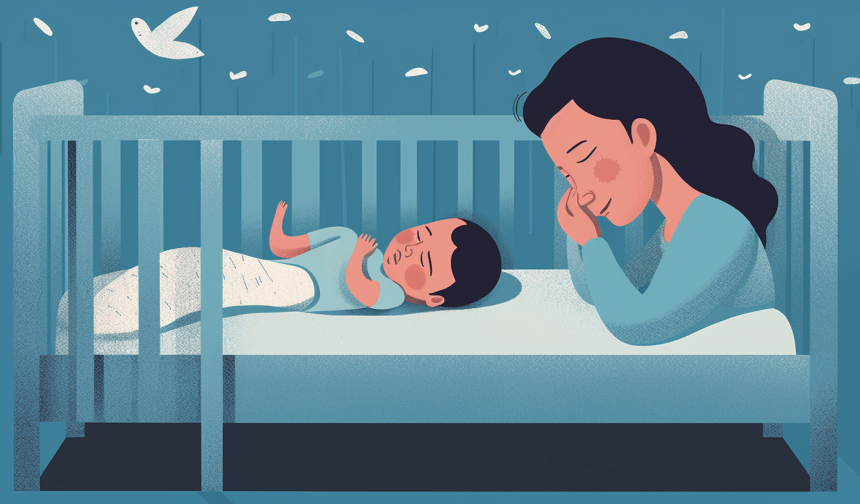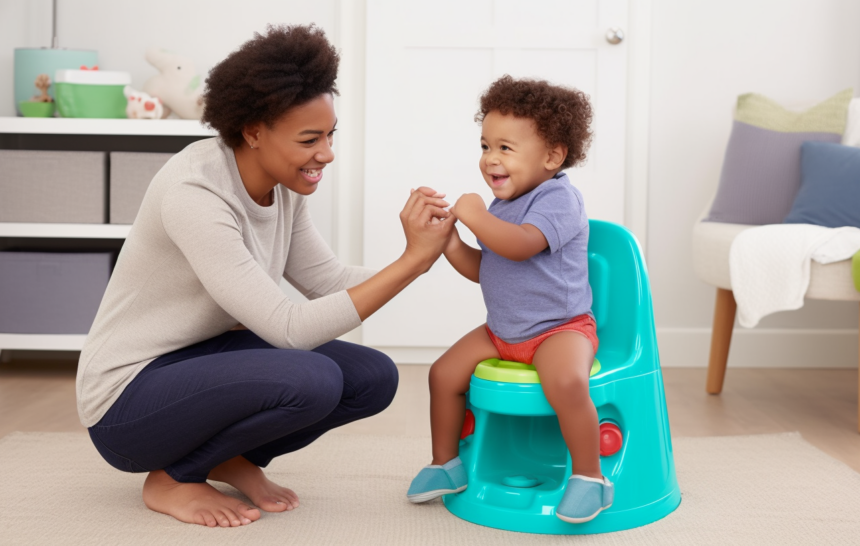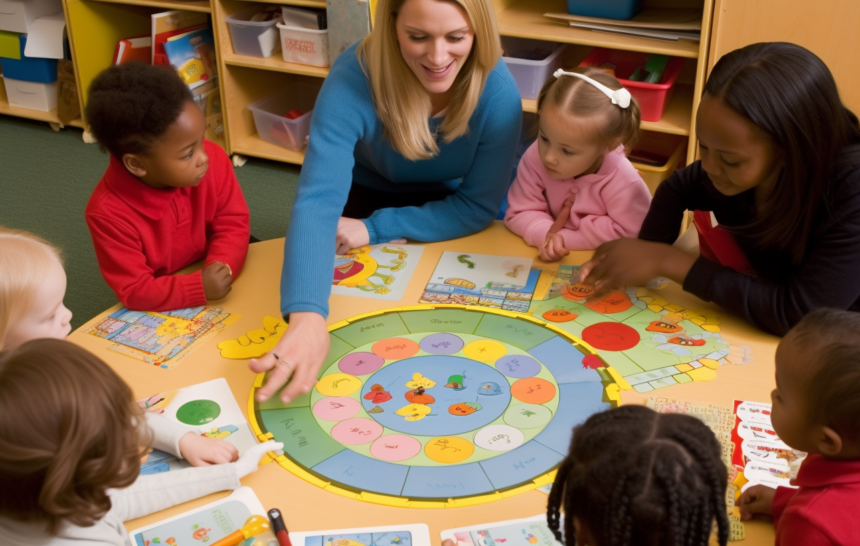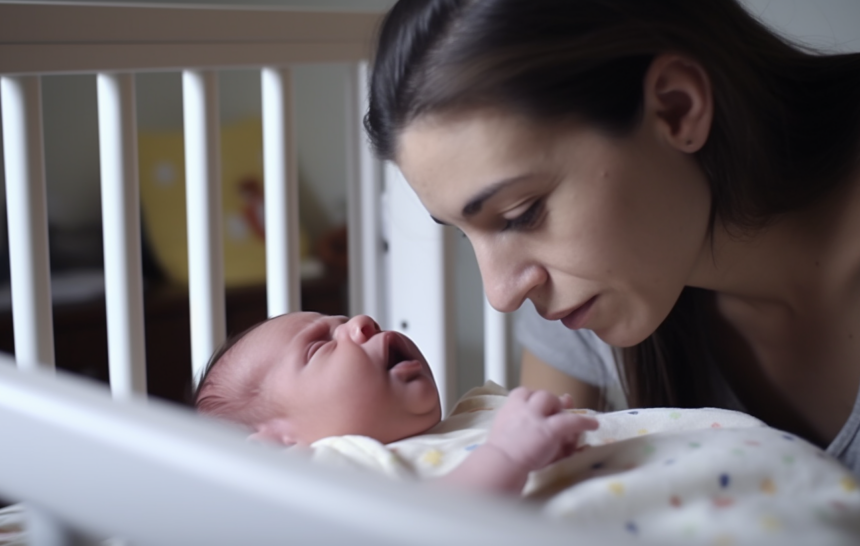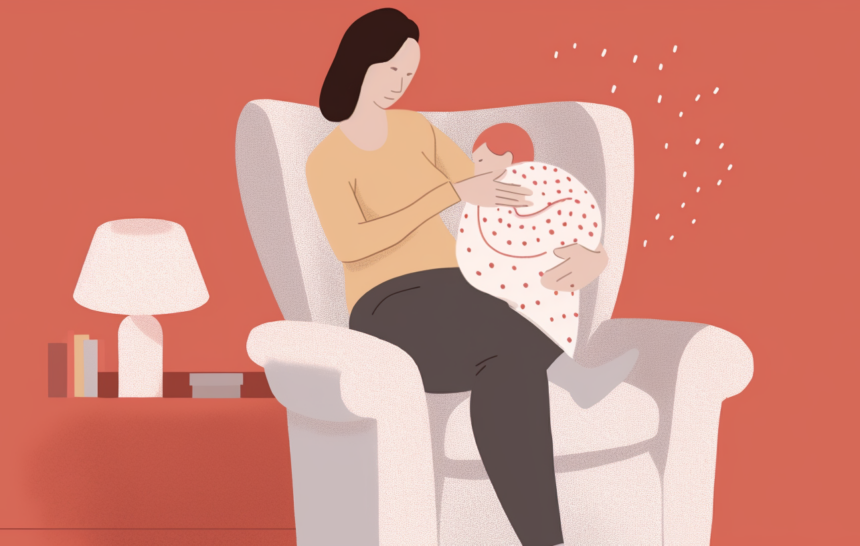Are you a new parent wondering when to start sleep training your little one? The answer may vary depending on your baby's age and development, but most experts recommend starting between 4 and 6 months. At this age, babies have established a regular sleep pattern and are able to self-soothe. By implementing a consistent bedtime routine and gradually teaching your baby to fall asleep on their own, you can help them develop healthy sleep habits that will benefit them for years to come. Don't wait too long to start sleep training, as the longer you wait, the harder it may be for your baby to adjust to a new routine.
A Beginner’s Guide to Potty Training Your Child: Tips and Tricks to Get Started
Potty training can be a daunting task for many parents, but the key is to start at the right time and with the right approach. The first step is to make sure your child is ready and showing signs of readiness, such as staying dry for longer periods and showing interest in the toilet. Once you've established readiness, it's important to create a positive and consistent routine, with plenty of praise and rewards for your child's successes. Additionally, providing your child with the right tools, such as a child-sized potty and special underwear, can also make a big difference. Remember to be patient and persistent, and celebrate each step forward in the potty training process. With the right approach and a lot of encouragement, your child will soon be on their way to becoming toilet trained.
Top Alphabet Activities for Preschoolers to Boost Learning Skills
If you're looking for fun and educational activities to introduce the alphabet to your preschooler, look no further. There are plenty of alphabet activities that they will love and that will help them learn! From singing the ABC song to creating letters with playdough, there are so many ways to make learning letters exciting. You can also try making letter crafts, playing letter matching games, and going on letter scavenger hunts. With a bit of creativity, you can keep your preschoolers engaged and excited about learning their ABCs. So why not try a few of these alphabet activities and watch your child's knowledge grow?
A Beginner’s Guide to Sleep Training for Infants: Benefits and Techniques Explained
Sleep training for infants is a process of teaching babies how to sleep independently through the night. It involves gradually reducing the presence and intervention of parents during bedtime routines. Sleep training may include methods such as the Ferber method, the cry it out method, or the chair method, and involves establishing a consistent sleep schedule and routine. While sleep training can be controversial, it can be a helpful solution for parents who are struggling with sleep deprivation and are looking for a way to help their baby get the rest they need. It is important to note that sleep training should only be done when the baby is developmentally ready and should always be done under the guidance of a pediatrician.
The Top Challenges of Breastfeeding On Demand: Overcoming the Hurdles
Breastfeeding on demand comes with its own set of challenges that many new mothers face. One of the biggest challenges is dealing with the constant demand for milk. This can be exhausting for mothers who may feel like they are constantly nursing. Another challenge is finding the right balance between feeding on demand and managing other aspects of life, such as work, household chores, and other responsibilities. Additionally, breastfeeding on demand can also lead to sore nipples, engorgement, and difficulty establishing a consistent feeding routine. Despite these challenges, many mothers find that the benefits of breastfeeding on demand, such as building a strong bond with their baby and providing optimal nutrition, make it worth the effort.
The Power of On-Demand Breastfeeding: Unveiling its Surprising Benefits for Mother and Child
Breastfeeding on demand is a practice that involves feeding a baby whenever they show signs of hunger rather than following a strict feeding schedule. This approach has numerous benefits for both mother and baby. For babies, it ensures that they receive enough milk to meet their nutritional needs and promotes a healthy weight gain. It also helps establish a strong bond between mother and child and encourages the development of a healthy appetite. For mothers, breastfeeding on demand can help reduce stress and anxiety, promote lactation, and improve sleep quality. Additionally, it can help prevent breastfeeding-related complications such as engorgement and mastitis. Overall, breastfeeding on demand is a natural and effective way to nourish and nurture a growing baby.
The Ultimate Guide to Breastfeeding on Demand: Frequency and Timing Explained
If you're a new mom wondering how often you should breastfeed on demand, you've come to the right place. Breastfeeding on demand means feeding your baby whenever they show hunger cues, rather than sticking to a strict feeding schedule. While there is no set answer to how often you should breastfeed on demand, it's generally recommended to breastfeed 8-12 times a day in the first few weeks. As your baby grows, they may naturally begin to feed less frequently, but it's still important to offer the breast whenever they seem hungry. Remember, breast milk is the perfect food for your baby and breastfeeding on demand can help establish a strong bond between you and your little one.
Understanding Breastfeeding On Demand: Benefits, Techniques, and Tips
Breastfeeding on demand is a natural and intuitive approach to feeding your baby. It involves feeding your baby whenever they show signs of hunger, rather than adhering to a strict feeding schedule. This method is thought to promote a strong bond between mother and baby, while also ensuring that the baby receives the necessary nutrients to support their growth and development. Breastfeeding on demand is also believed to help boost a mother's milk supply, as frequent feeding signals to the body that more milk is needed. Overall, breastfeeding on demand is a flexible and responsive approach to feeding that can benefit both mother and baby.

